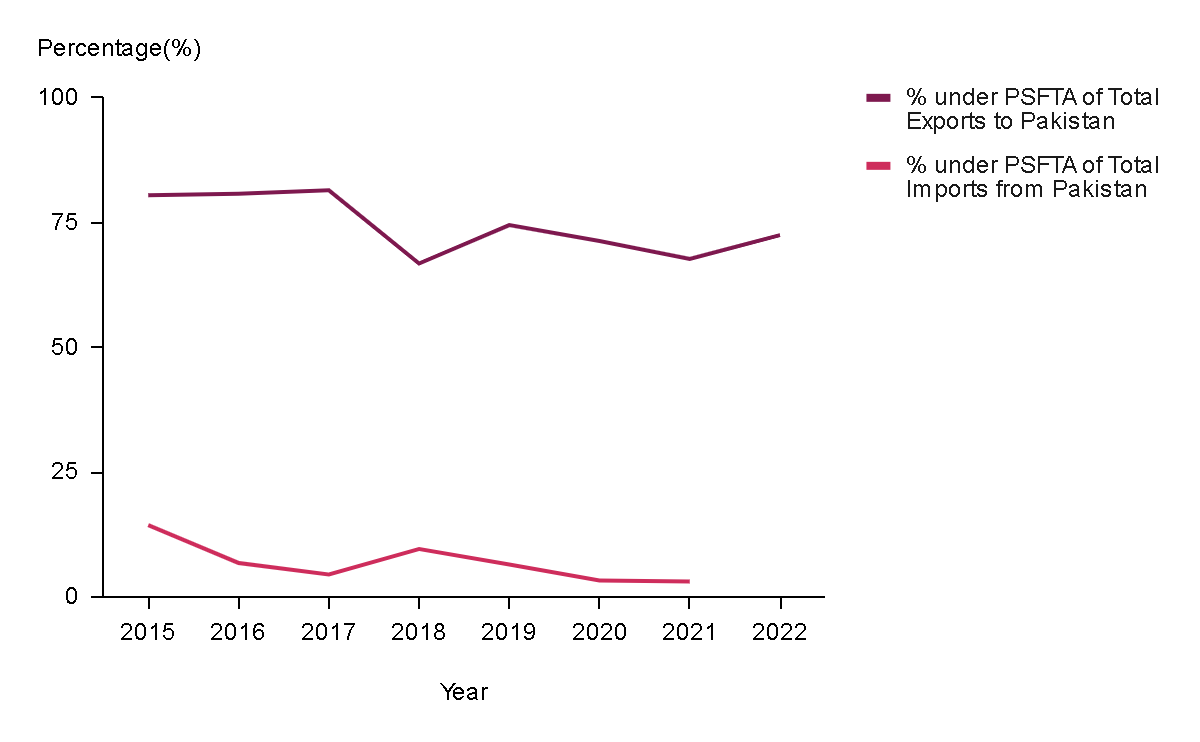By Dhananath Fernando
Originally appeared on the Morning
The challenges facing Sri Lanka’s next president
The Presidential Election has been announced. Ideally, by 22 September, there will be a new president with a new mandate from the people.
Sustaining power will be more difficult than winning the election. Generally, from the very first day after assuming office, things start to fall apart. This will be the first election after the ‘Aragalaya,’ and we do not know the ground reality.
The last power transition wasn’t smooth. While there was a democratic element in appointing the eighth President after the resignation of the former, that episode had many dark elements, including a massive economic contraction and impact on human lives.
Focus on economics and corruption
Previous elections had a national element, but this time the focus is completely on economics and corruption. The good news is that the path forward is well defined, including macro targets. The International Monetary Fund (IMF) Governance Diagnostic has provided the main reforms needed to curtail corruption, with timelines and responsible institutions. Most of these are non-controversial.
This time, all candidates will also have to declare their assets electronically. We, as the people, should demand that the Commission to Investigate Allegations of Bribery or Corruption (CIABOC) enforces this.
The new president must deliver on anti-corruption promises because the demands of the ‘Aragalaya’ have not been met yet. However, some promises, like recovering assets overseas, are not easy to execute. Therefore, delivering on the anti-corruption sentiment is challenging.
Delivering on the economic front is equally tough. After debt restructuring, our interest rates will likely remain high. When interest rates are high, the cost of capital is higher, slowing down investment.
For instance, buying a computer to automate manual work becomes difficult when money is hard to source due to high interest rates. As a result, our economy will not grow. If the economy is slow to grow, it invites another crisis. Simply put, if the economy doesn’t grow, our debt will not be sustainable.
In other words, if the economy is slow to grow, it indicates that we are heading towards another debt crisis. The next leader must ensure both growth and stability.
The second piece of good news is that we at least have an idea of what targets we need to achieve on the economic front. Our debt-to-GDP ratio must gradually come down to 95% and our revenue must increase by improving our tax net.
Many promises about increasing Government sector salaries and public sector expenditure are good, but will be difficult to keep.
Limited options
In this context, there are two limited options available to increase money and productivity.
The first is improving productivity in what we already do. Simply working harder and putting in more effort can help. For example, reducing the number of holidays by 10% should increase the economy’s momentum because people will work more. But this race cannot be won solely by working harder. We must also look into channels for improving productivity without capital investments.
One such area is opening up business ventures that change the business format. For example, app-based taxi companies have significantly improved the productivity of both passengers and drivers by connecting potential riders with drivers. Companies like Booking.com connect tourists looking for lodging with small-scale lodging options.
Changing the business model has increased income for many people, reduced expenditure for many, and decreased waiting times, increasing overall productivity. The new leader must leverage this productivity lever.
The second option is to reform State-Owned Enterprises (SOEs) to attract capital. Allowing SOEs to undergo privatisation and Public-Private Partnerships (PPPs) can attract capital through investments. Additionally, rather than incurring losses, private entities can generate revenue for the Government through taxes and improve productivity.
The third option is to release land to improve productivity and circulate capital. Providing land ownership to people allows them to use it as security to unleash capital from the banking system, improving productivity.
Beyond these three options, any president will have limited choices. Relying on geopolitical powers in a highly volatile geopolitical environment may also be unfeasible.
Therefore, the challenge for the new president extends beyond getting elected. The real challenge is navigating the period after the election, which will undoubtedly be tougher than getting elected.








